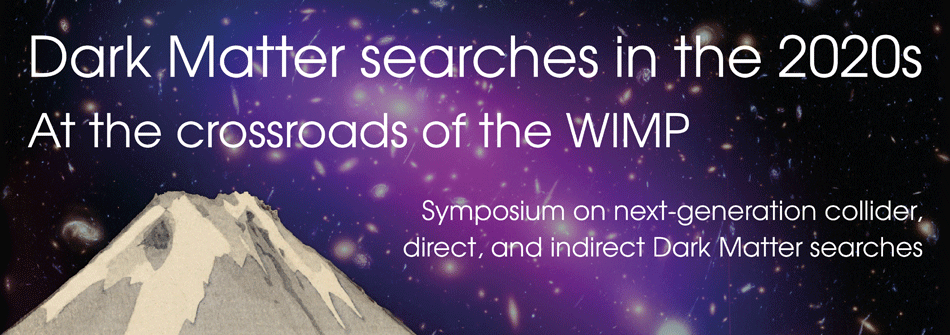Speaker
Description
We set conservative constraints on decaying dark matter particles with masses spanning a very wide range ($10^4-10^{16}$ GeV). For this we use multimessenger observations of cosmic-ray (CR) protons/antiprotons, electrons/positrons, neutrinos/antineutrinos and gamma rays. Focusing on decays into the $b\bar{b}$ channel, we simulate the spectra of dark matter yields by using the Dokshitzer-Gribov-Lipatov-Altarelli-Parisi equations and the Pythia package. We then propagate the CRs of dark matter origin till Earth by using the state-of-the-art numerical frameworks CRPropa, GALPROP and HelMod for the solution of the CR transport equation in the extragalactic, Galactic region and the heliosphere, respectively. Conservative limits are obtained by requiring that the predicted dark matter spectra at Earth be less than the observed CR spectra. Overall, we exclude dark matter lifetimes of $10^{28}$ s or shorter for all the masses investigated in this work. The most stringent constraints reach $10^{30}$ s for very heavy dark matter particles with masses in the range $10^{11}−10^{14}$ GeV.
Affiliation
Kavli IPMU

